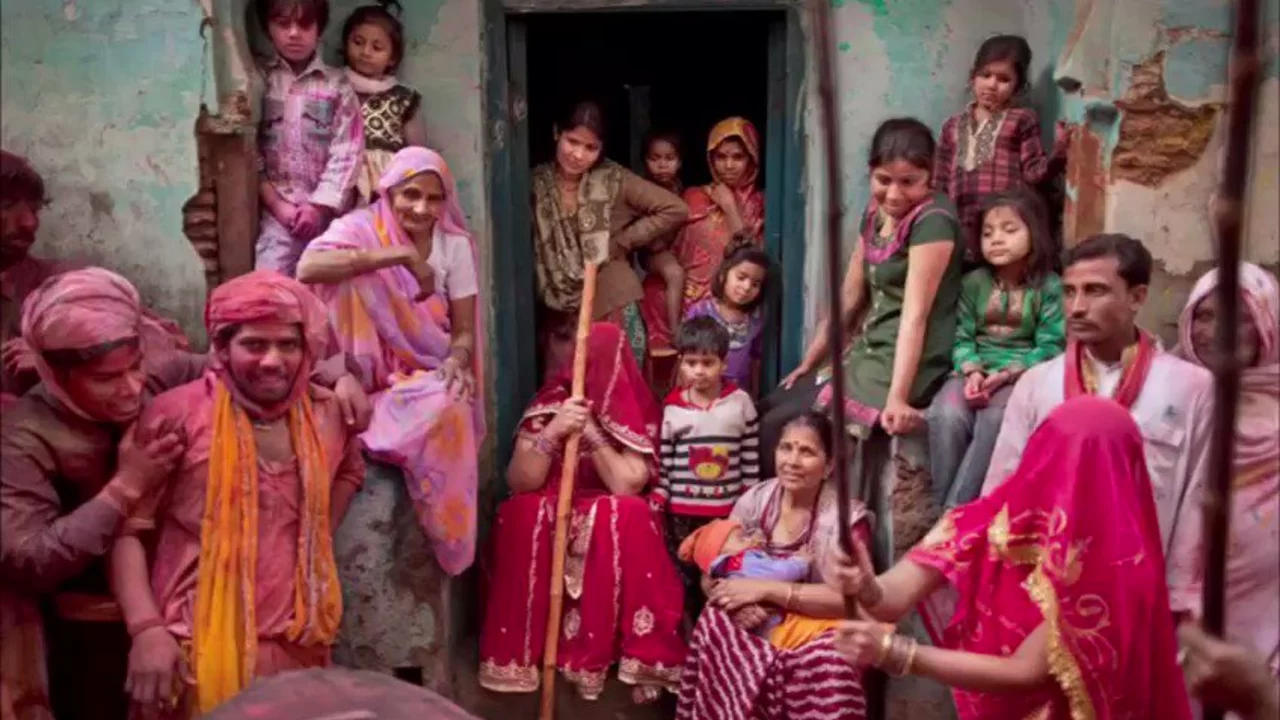Regional Identity Explained – What It Is and Why It Counts
Ever wonder why people feel a strong pull toward their hometown or state? That feeling is called regional identity. It’s the sense of belonging you get from the place where you grew up, work, or spend most of your time. It mixes language, food, traditions, and even the way locals talk about themselves.
Regional identity isn’t just a nostalgic idea. It affects how communities vote, how businesses market themselves, and how tourists choose where to go. When you understand it, you can connect better with neighbors, make smarter travel choices, and support local initiatives that keep culture alive.
Key Elements That Build a Regional Identity
First up is language and dialect. Even within the same country, people might use different words or accents that instantly signal where they’re from. Think of how a Maharashtrian’s “kaay” differs from a Bengali’s “kemon”.
Next, consider food and festivals. Regional dishes like Bengal’s sweets or Punjab’s butter chicken become symbols of pride. Annual events—like Kerala’s boat races or Gujarat’s Navratri dance—turn ordinary places into cultural hotspots.
Another big factor is history and landmarks. A city with a centuries‑old fort or a region known for a famous freedom struggle will often weave those stories into everyday life. Residents talk about the past as a badge of honor.
How Regional Identity Impacts Everyday Life
On a personal level, knowing your regional roots can boost confidence. When you’re proud of where you come from, you’re more likely to support local businesses, volunteer for community projects, or simply share a story with a newcomer.
In politics, regional identity can shape voting patterns. Politicians who respect local customs and address region‑specific issues—like agriculture in the Punjab plains or fishing rights on the coastal coasts—tend to earn trust faster.
Businesses also ride the regional wave. Brands that highlight local craftsmanship, such as hand‑loom textiles from West Bengal or leather goods from Rajasthan, attract customers who want authentic experiences.
Tourism benefits, too. Travelers often look for “authentic” regional experiences—street food tours, heritage walks, or homestays that let them live like a local for a few days.
Finally, regional identity helps preserve languages and traditions that might otherwise disappear. Community schools, local museums, and digital archives play crucial roles in keeping these cultural pieces alive for future generations.
So, whether you’re a student, a traveler, or a business owner, paying attention to regional identity can open doors you didn’t know existed. It’s more than a label; it’s a living, breathing part of who we are.
Next time you hear someone talk about “the way we do things here”, pause and think: that’s regional identity at work. Embrace it, share it, and watch how it enriches both your life and the world around you.
India: What do people from Uttar Pradesh take pride in?
0 Comments
Well, folks, let's dive into the vibrant world of Uttar Pradesh, the heart of India. You see, the folks of Uttar Pradesh, or UP, have a mountain of things to be proud of. They're the cradle of India's rich history, culture, and language - they're basically the grandparents of Indian heritage, if you will. But wait, there's more! They also take immense pride in their delectable cuisine and their exquisite handloom and handicrafts. So, in a nutshell, UP is like a buffet, serving a bit of everything, but with an extra sprinkle of pride.
Read More